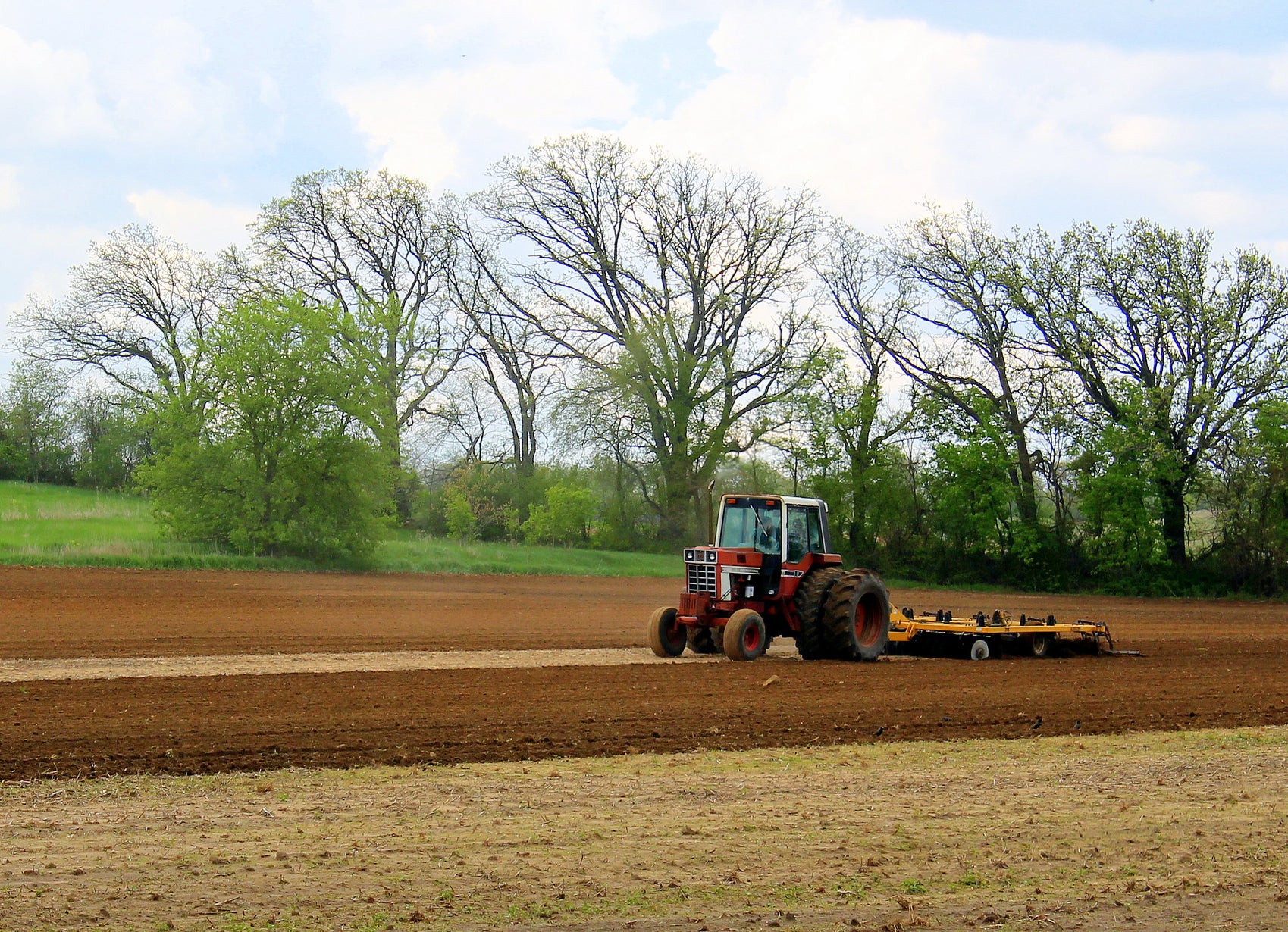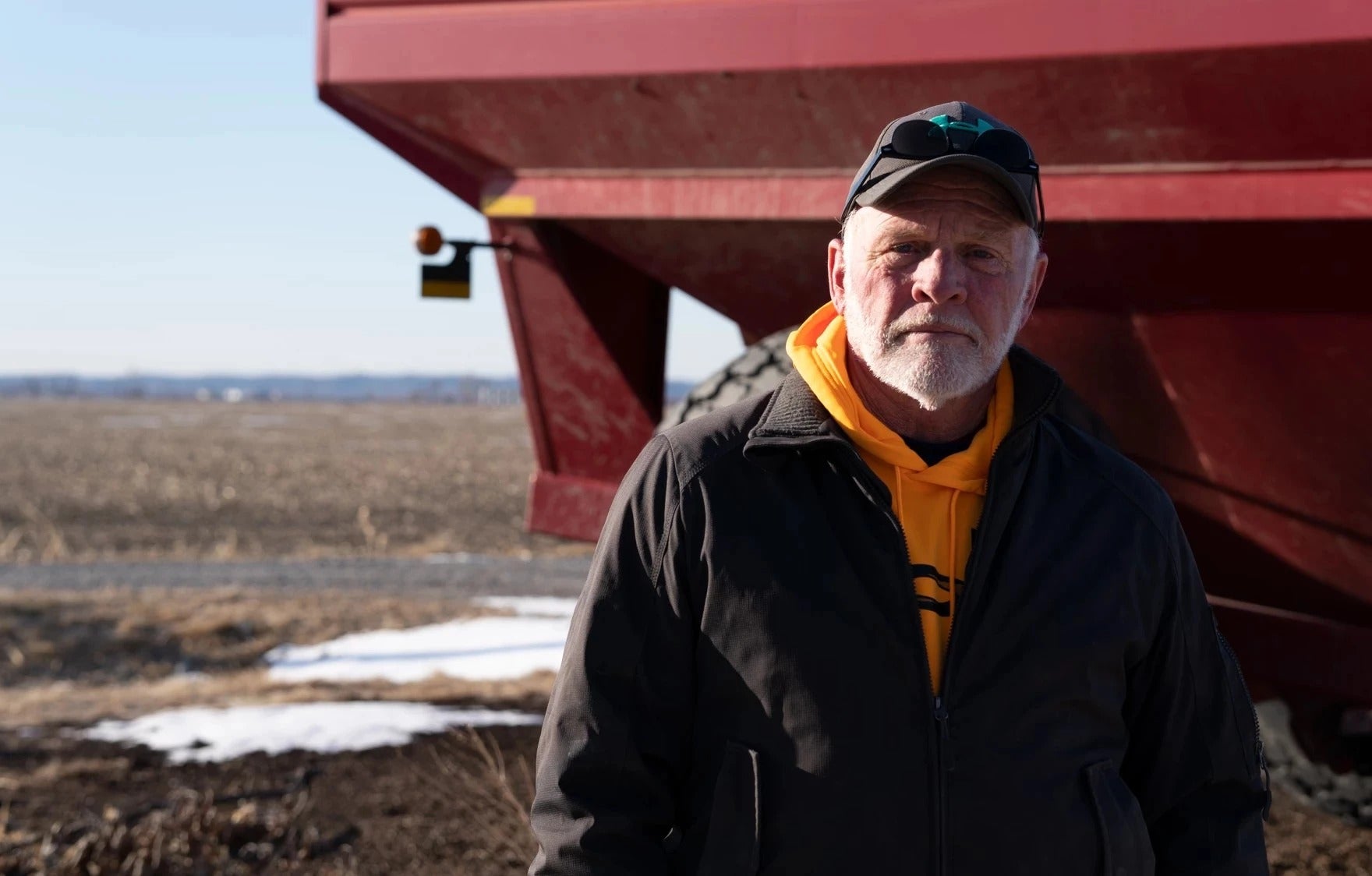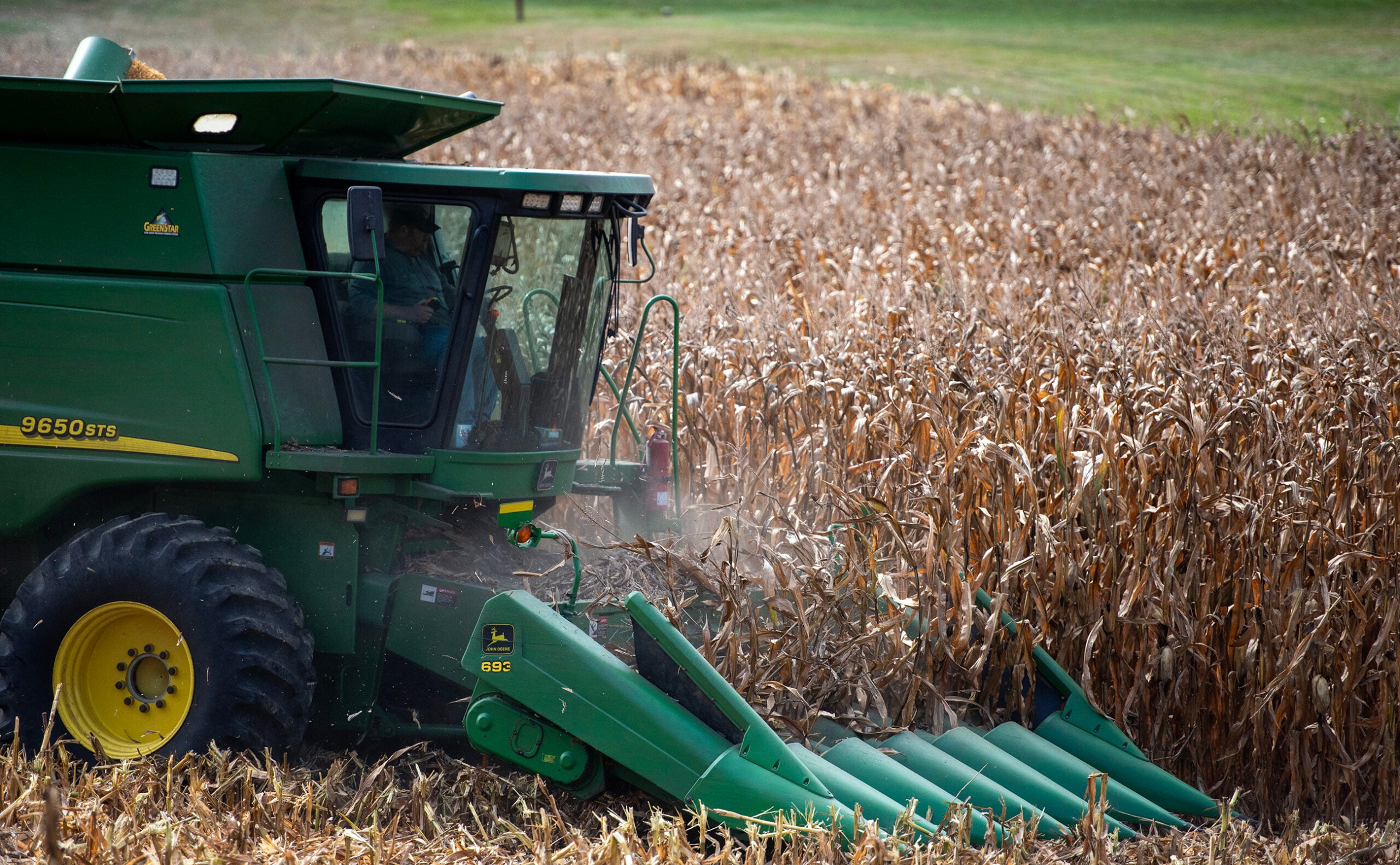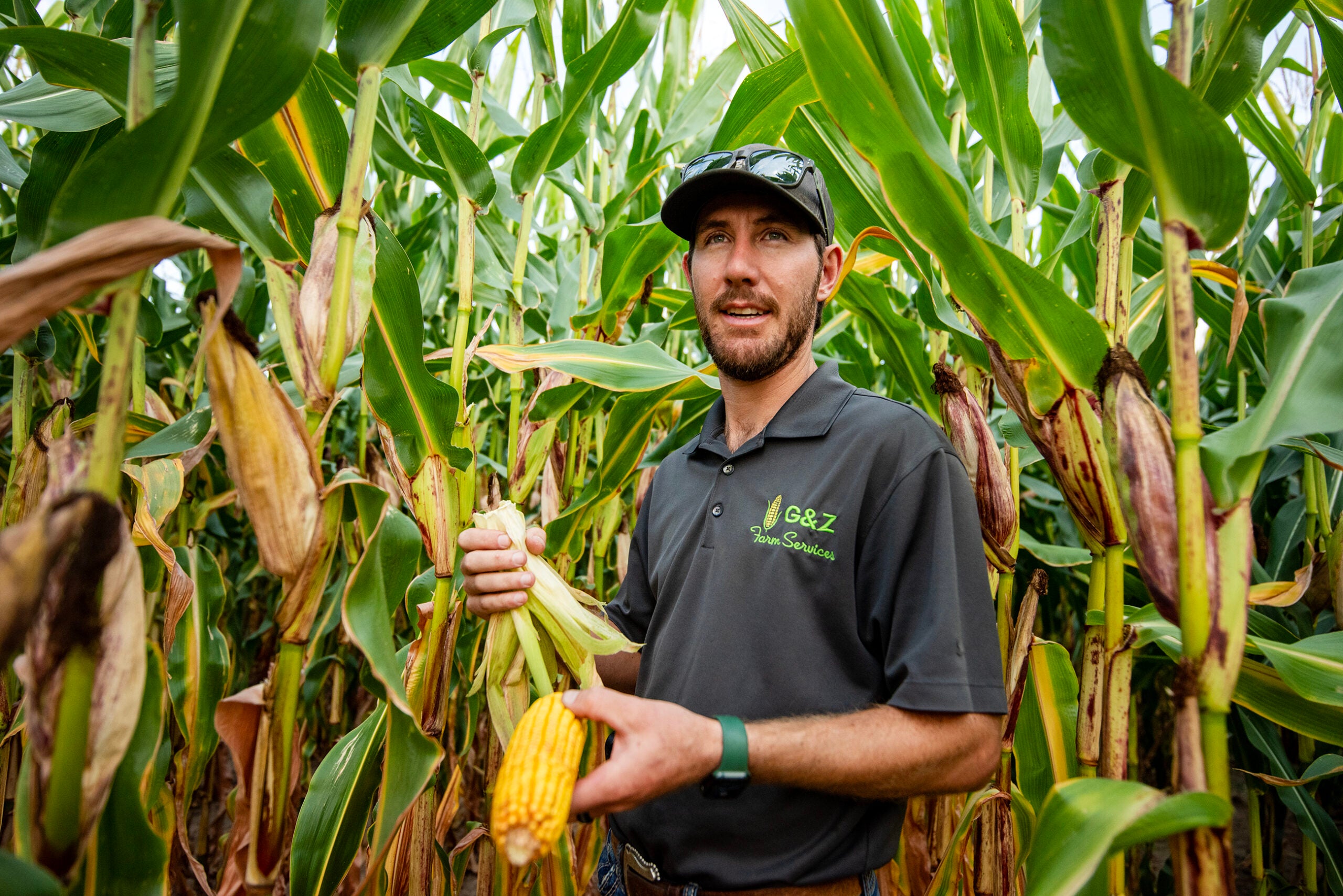Favorable weather has helped Wisconsin farmers work ahead of schedule this planting season.
The latest data from the U.S. Department of Agriculture shows corn planting in the state is 59 percent complete. That’s a week ahead of the five-year average and 24 days ahead of planting in 2019.
Prolonged wet weather last spring caused record-late planting in Wisconsin and across the Midwest.
News with a little more humanity
WPR’s “Wisconsin Today” newsletter keeps you connected to the state you love without feeling overwhelmed. No paywall. No agenda. No corporate filter.
Nick Baker, agricultural agent for University of Wisconsin-Madison’s Division of Extension in Rock County, said that likely influenced producers to get an early start this spring.
“I think people this year, as soon as the ground conditions allowed it, started planting. And we’re in really good shape,” Baker said.
The report found the state’s soybean crop is 35 percent complete, nine days ahead of the average and 24 days ahead of last year.
While dry weather has allowed farmers to get seed in the ground, Baker said many crops haven’t emerged yet because temperatures have been below normal. He said that can leave seeds vulnerable to disease or pest problems.
Baker said fields could also use some timely rains this spring to help start crop development.
But Joe Lauer, agronomist at UW-Madison, said he’s not worried about the crop being behind schedule yet.
He said the favorable planting conditions may help farmers set new records for crop yields this year.
“Getting that crop into the ground and germinating and growing as quickly into the season as we can is one of the characteristics of a high-yielding year,” Lauer said. “We’re kind of set up for that this year. But we have a lot of season to go yet and a lot of things can happen.”
An abundant crop would be good news for producers as the COVID-19 pandemic continues to weigh down commodity prices.
Baker said every sector of the agriculture industry has taken a hit since the pandemic largely closed the food service industry, slowed trade and impacted large processing facilities.
“One farmer I talked to said this spring he was hopeful to only lose $20 an acre. That’s a best-case scenario. That’s not a good way to do business,” Baker said.
He said farmers have weathered bad prices in the past and will try to wait for prices to improve before selling their crops.
But Lauer worries COVID-19 could affect farmers themselves this growing season.
“A lot of what goes into agronomy is about timing. Again, we set up the season well by being able to have good planting progress. But there are a lot of other operations that need to occur at the right time and if you’re sick and you can’t do those operations, then everything gets delayed and you have more and more issues,” Lauer said.
He said federal policy decisions impacting the ethanol market will also have a big impact on corn prices.
Before the pandemic, ethanol producers were frustrated with the Trump administration’s enforcement of federal renewable fuel standards. The industry said an increased number of exemptions for oil refineries to meet ethanol requirements was hurting demand for their product.
“A lot of these factors are spinning around a farmer that are outside of his control that can make the operation either profitable or unprofitable,” Lauer said.
Dairy and livestock producers have also seen unprofitable prices over the last few weeks. Baker said one thing that could help the industries this summer are good pasture and forage conditions. But those fields also need warmer weather.
“We didn’t have too extreme of winter last year so we didn’t have much winterkill,” Baker said, “With the cold temperatures, it just hasn’t been growing that much. It looks healthy, it’s just a little stunted.”
Fifty-nine percent of pastures in the state were in good to excellent condition, according to USDA data.
Wisconsin Public Radio, © Copyright 2026, Board of Regents of the University of Wisconsin System and Wisconsin Educational Communications Board.





